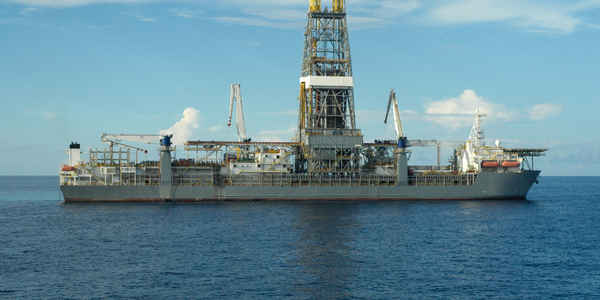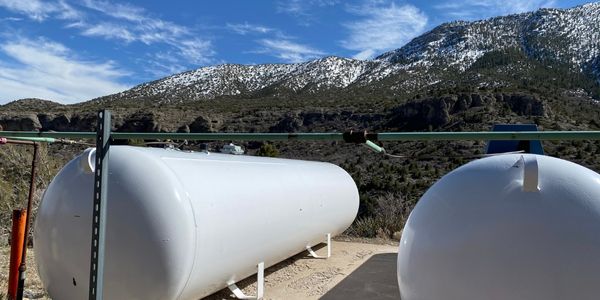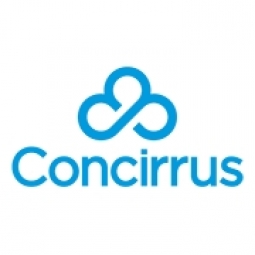
Technology Category
- Analytics & Modeling - Big Data Analytics
- Platform as a Service (PaaS) - Application Development Platforms
Applicable Industries
- Finance & Insurance
- Marine & Shipping
Use Cases
- Supply Chain Visibility
- Usage-Based Insurance
Services
- Training
The Customer
Not disclosed
About The Customer
The customer in this case study is a large commercial marine insurer. In an industry that is highly competitive and where costs are at an all-time high, the insurer was seeking ways to improve efficiency and mitigate risk. They were interested in gaining a better understanding of vessel behavior, uncovering opportunities to grow their business, and reducing their marine risk exposure. The insurer was looking for a solution that could provide a comprehensive analysis of their portfolio, combining policy, claims, and exposure data, and offer actionable insights.
The Challenge
The commercial marine insurance industry is highly competitive, with costs reaching an all-time high. A large commercial marine insurer was seeking ways to improve efficiency through advanced analysis of their portfolio. The insurer was struggling with gaining a clear visibility of vessel behavior, identifying opportunities to grow their business, and mitigating their marine risk exposure. The challenge was to find a solution that could provide a comprehensive analysis of their portfolio, combining policy, claims, and exposure data, and offer actionable insights to enhance risk mitigation.
The Solution
The insurer turned to Quest Marine, a marine insurance platform, to address these challenges. Quest Marine was deployed to ingest five years of policy, claims, and exposure data from the customer. This data was then combined with Concirrus’ proprietary datasets. The platform offered services to cleanse, ingest, and combine large datasets, carry out advanced data analytics, and produce risk reports to showcase insights into risk. The insurer was able to gain new insights into the performance of their portfolio, which allowed them to make changes to the way risk was selected, priced, and managed. To maintain access to real-time risk insights and continue to optimize their portfolio, the insurer can deploy Quest Marine software within their organization. The user-friendliness and cloud infrastructure of Quest Marine minimize training and implementation.
Operational Impact
Quantitative Benefit

Case Study missing?
Start adding your own!
Register with your work email and create a new case study profile for your business.
Related Case Studies.

Case Study
Drill ship power challenge: hybrid solution solves distribution issues
Aspin Kemp & Associates (AKA), a manufacturer of electrical power and control systems headquartered in Montague, PEI, encountered one with its hybrid power initiative, the first hybrid drill floor destined for installation on ultra-deepwater drill ships operated by Transocean, Swiss offshore drilling contractors. Since on-site modification was impossible and scrap recycling of any modifications was unacceptable, the enclosures had to arrive ready-to-install.

Case Study
Real-time In-vehicle Monitoring
The telematic solution provides this vital premium-adjusting information. The solution also helps detect and deter vehicle or trailer theft – as soon as a theft occurs, monitoring personnel can alert the appropriate authorities, providing an exact location.“With more and more insurance companies and major fleet operators interested in monitoring driver behaviour on the grounds of road safety, efficient logistics and costs, the market for this type of device and associated e-business services is growing rapidly within Italy and the rest of Europe,” says Franco.“The insurance companies are especially interested in the pay-per-use and pay-as-you-drive applications while other organisations employ the technology for road user charging.”“One million vehicles in Italy currently carry such devices and forecasts indicate that the European market will increase tenfold by 2014.However, for our technology to work effectively, we needed a highly reliable wireless data network to carry the information between the vehicles and monitoring stations.”

Case Study
Safety First with Folksam
The competitiveness of the car insurance market is driving UBI growth as a means for insurance companies to differentiate their customer propositions as well as improving operational efficiency. An insurance model - usage-based insurance ("UBI") - offers possibilities for insurers to do more efficient market segmentation and accurate risk assessment and pricing. Insurers require an IoT solution for the purpose of data collection and performance analysis

Case Study
Ensures Tanker Safety and Emissions Compliance
Storage tanks are irregular in shape and a certain amount of mathematical modelling is required to get an accurate representation of volume and, more importantly, the weight of material in each tank. In addition, countries have different emission regulations, so the ships position needed to be accurately known in order to geotag emission data.

Case Study
Smooth Transition to Energy Savings
The building was equipped with four end-of-life Trane water cooled chillers, located in the basement. Johnson Controls installed four York water cooled centrifugal chillers with unit mounted variable speed drives and a total installed cooling capacity of 6,8 MW. Each chiller has a capacity of 1,6 MW (variable to 1.9MW depending upon condenser water temperatures). Johnson Controls needed to design the equipment in such way that it would fit the dimensional constraints of the existing plant area and plant access route but also the specific performance requirements of the client. Morgan Stanley required the chiller plant to match the building load profile, turn down to match the low load requirement when needed and provide an improvement in the Energy Efficiency Ratio across the entire operating range. Other requirements were a reduction in the chiller noise level to improve the working environment in the plant room and a wide operating envelope coupled with intelligent controls to allow possible variation in both flow rate and temperature. The latter was needed to leverage increased capacity from a reduced number of machines during the different installation phases and allow future enhancement to a variable primary flow system.

Case Study
Automated Pallet Labeling Solution for SPR Packaging
SPR Packaging, an American supplier of packaging solutions, was in search of an automated pallet labeling solution that could meet their immediate and future needs. They aimed to equip their lines with automatic printer applicators, but also required a solution that could interface with their accounting software. The challenge was to find a system that could read a 2D code on pallets at the stretch wrapper, track the pallet, and flag any pallets with unread barcodes for inspection. The pallets could be single or double stacked, and the system needed to be able to differentiate between the two. SPR Packaging sought a system integrator with extensive experience in advanced printing and tracking solutions to provide a complete traceability system.







